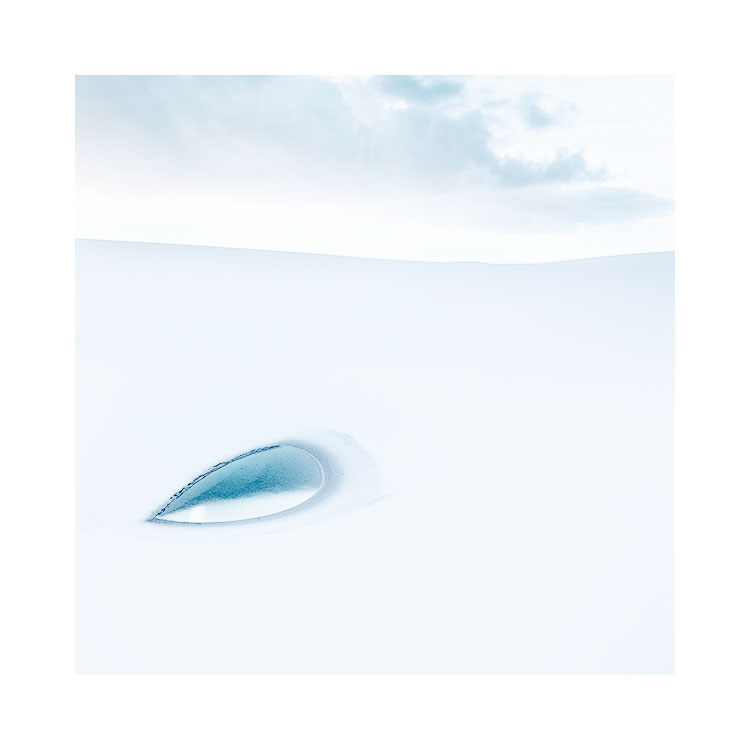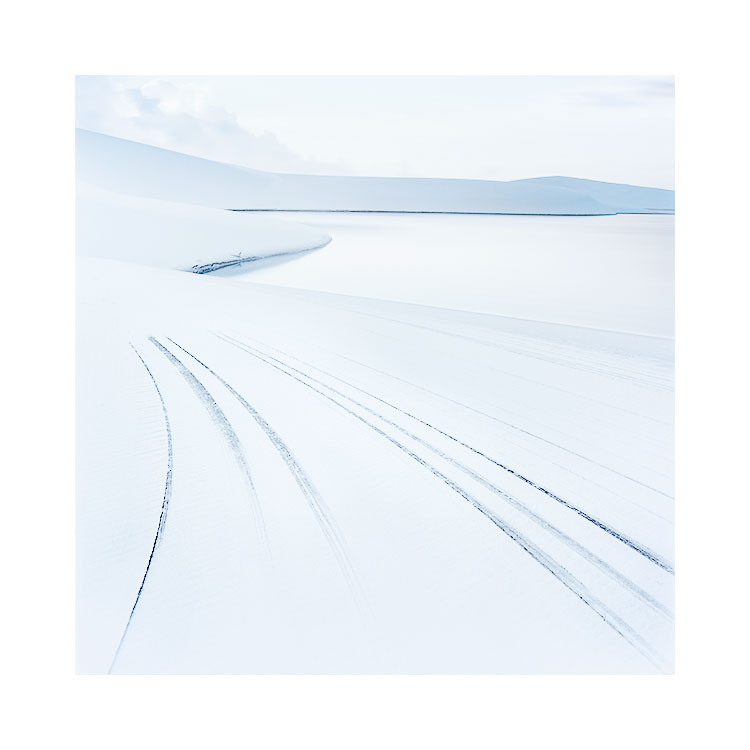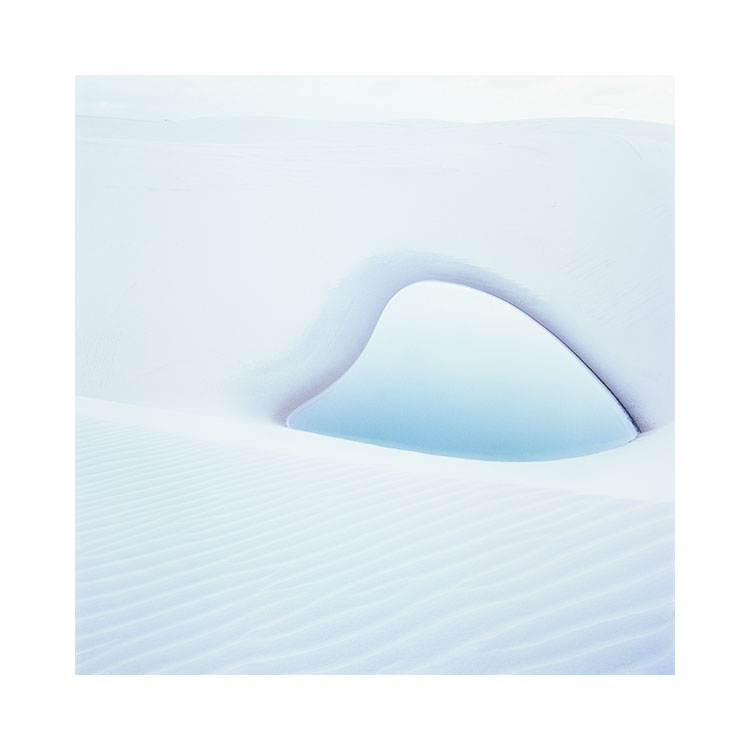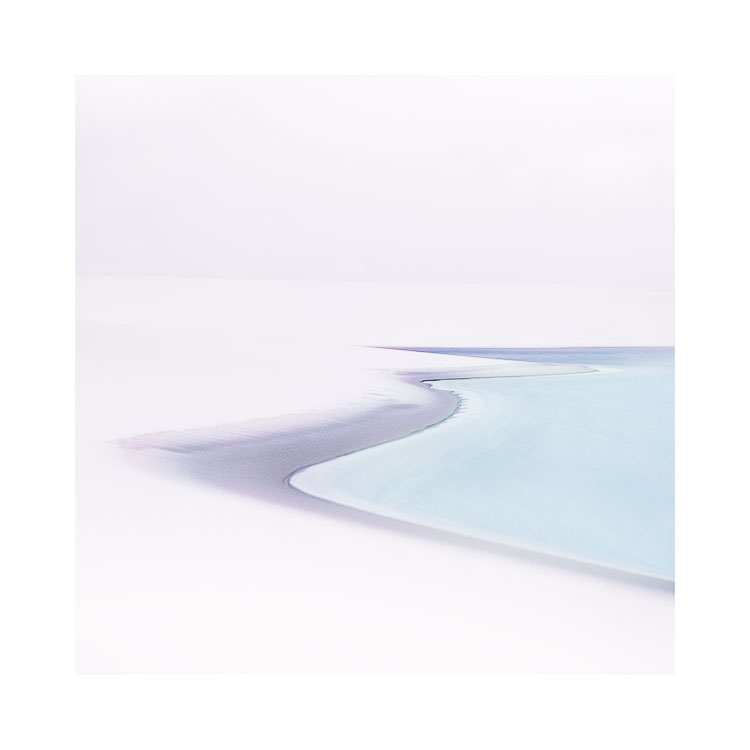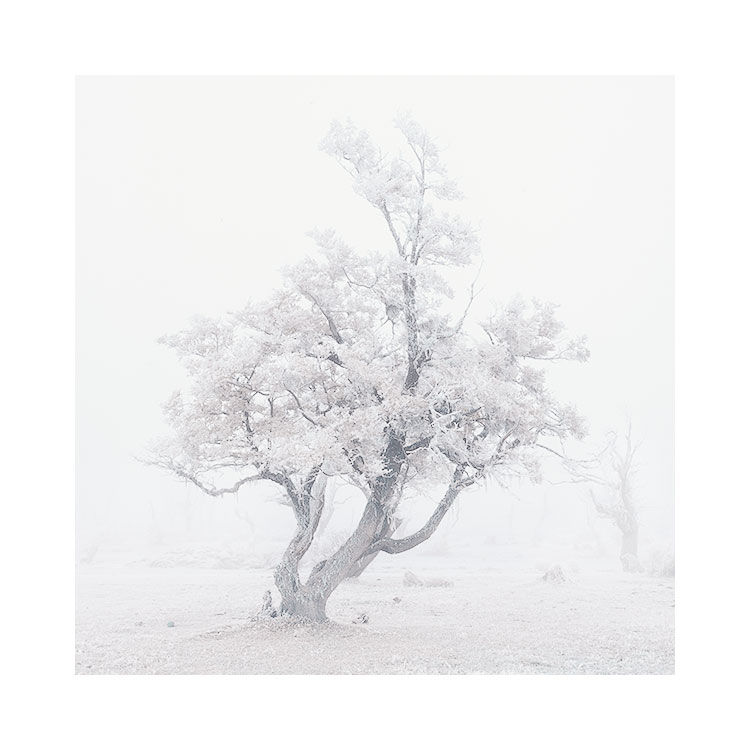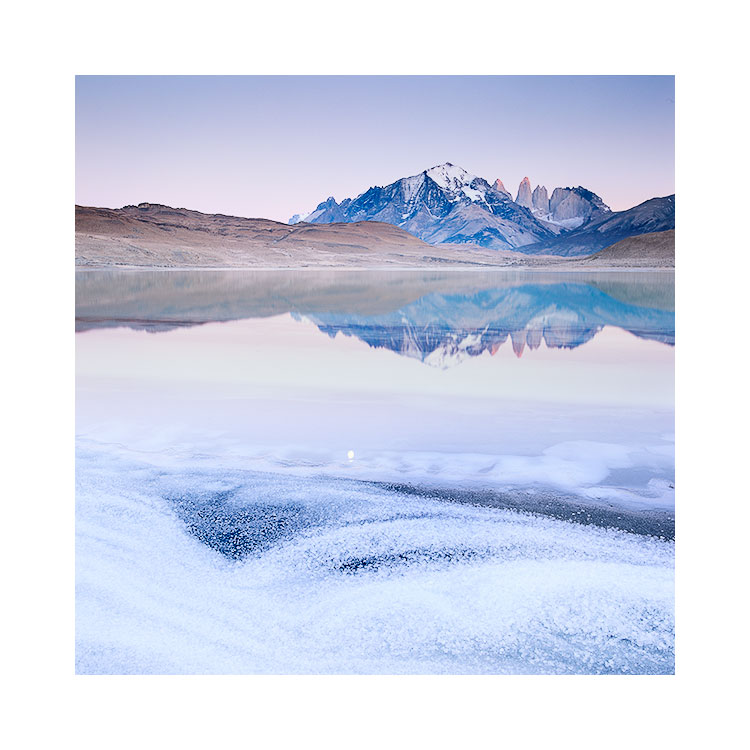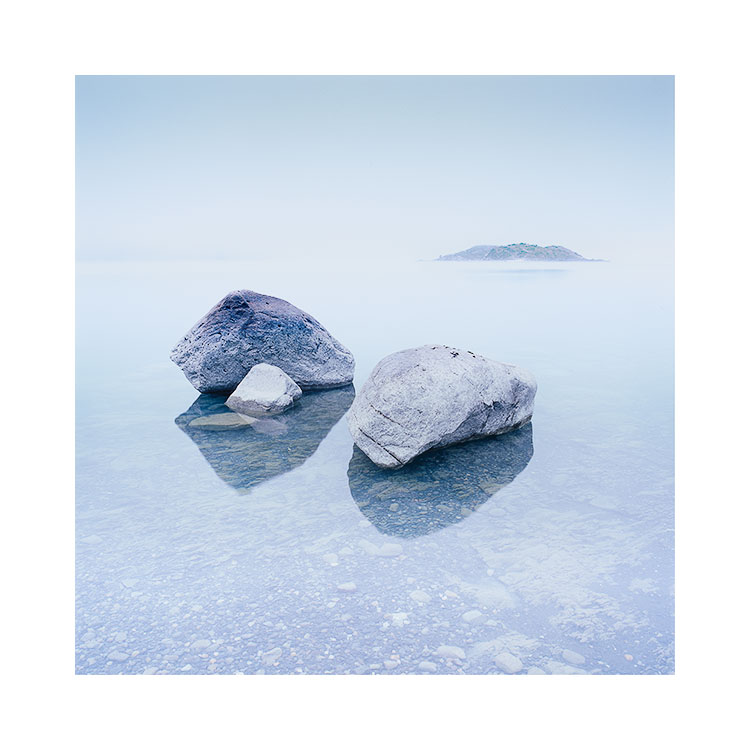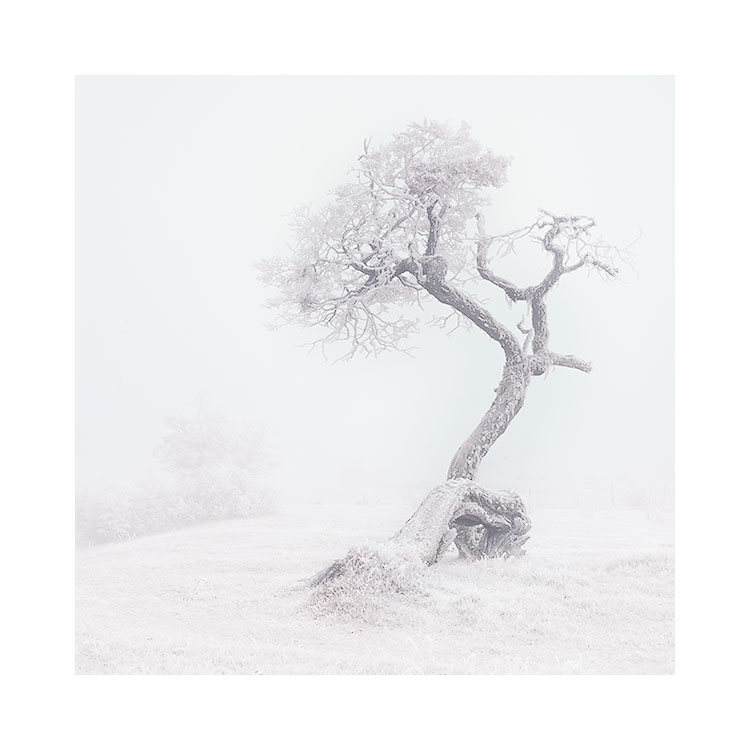I often hear photographers say ‘I don’t know if I have a style’. For many years I wasn’t aware of even having one myself, and mostly I never thought about gaining one either.
Similarly to the photographer that only goes out to shoot once in a while, a weekend or two and a couple of weeks a year, aiming to be better just won’t happen. You don’t become a better photographer by not photographing, or only photographing a little a year. So stumbling on some nice shots once in a while is probably as best as you’re going to get. And if you keep applying the same level of practice to your photography, that is where your ability will stay.
However, you can also spend many hours, days, weeks, years working on your photography and never improve either. Because spending time alone on something does not make someone better at something. There has to be something else at play here in order to improve, and that thing is called ‘self-enquiry’.
Self-enquiry is the art of seeing and understanding what one is doing, and of learning from oneself. It only happens when we’re able to reflect and consider what we’re doing. Applying several thousand hours a year on your photography taking pictures without any aim to consider and reflect upon what you are doing will mean you learn very little, if anything at all.
Then there is the subject of what style actually is. I think there are two kinds of ‘style’:
1) a recognised format or look to your pictures that is accepted as a known ‘style’. It is something others do and if you do it too, you become part of that tribe of photographers. Your work looks like other people’s work but at least you have a style.
2) a unique style. That’s the thing we all wish to gain. To be able to look like no one else except ourselves. To find that when we create work, others recognise it as ours, without even having to ask. To do something that others do not do. To follow our own path.
Point one is much easier to do, while point two is almost impossible to achieve by hard work alone. I would say that point two is probably in the hands of the gods: the result of hard work and innate talent. Fortunate if you have that talent, but also fortunate in that you had the aptitude and mind-set to work hard at uncovering that unique style that you didn’t know you had. I believe there are loads of talented photographers out there that would have an emerging unique style, if only they put the effort in to uncovering it.
I have often believed that someone with half the talent but who worked twice as hard as someone who is twice as talented but does very little work, will be more successful. Talent is a magic ingredient we all want, but without the effort put it, talent will be squandered. Someone with less talent but the determination and drive will go much further.
When you meet someone who has a unique talent, and they are very very successful, you tend to find there is a very strong work ethic driving them forward. From my times with Michael Kenna, he very much fits into that category. An artist who defined a genre but also someone who is very dedicated and driven.
For most of us, just achieving point 1) above is the holy grail. Something that mere mortals can aspire to. Very little after all is original. Originality is the territory reserved for point 2) photographers.
So how do we find out if we have a style such as the one described in point 1? Do we just wake up one morning and realise we have a style? Or do we have to work through a set of problems in order to get there? Is it simply all about putting the hours in?
I don’t think so.
I think that you just have to keep making photos. But when you do create new work, consider if things are changing. Consider how much further you have changed from your work from a year ago. For me, changes aren’t obvious in weekly steps, but more in yearly steps. And when I zoom out to a decade the changes in my work become extremely obvious. Zoom in too much, and you won’t see the progress.
So just keep doing what you do, but develop a 3rd-person point of view about your work. Learn to be able to step outside what you do and look in as an observer would. Reflect about the work and try to leave your ego outside of the room. Try to learn from your own progress and study your work.
Studying one’s work is the only way I know of to recognise if a style is beginning to emerge.
We have no right to presume we will acquire a photographic style. That one day we will discover we have reached this magic target. We simply have no right to assume anything. We have to enquire, and we have to learn as much as we can about ourselves. The only way that will happen is by photographing often, and most importantly, through a lot of self-enquiry.


